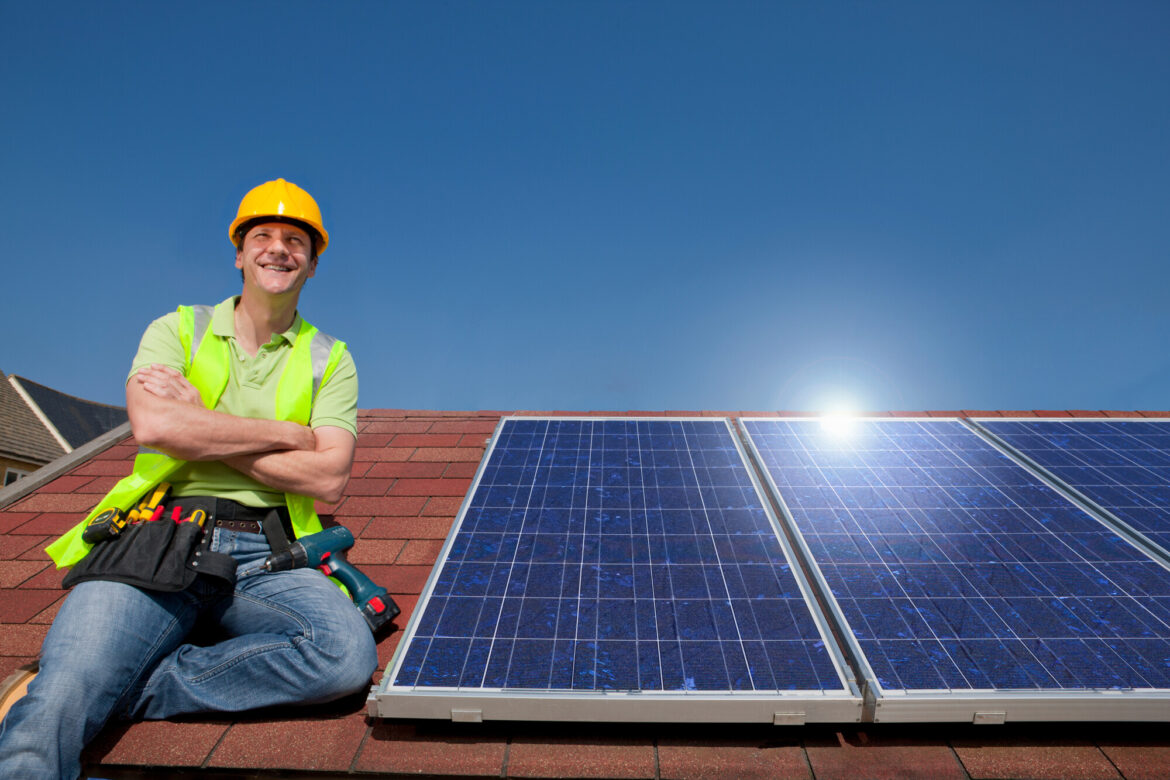
Did you know that almost three million homes in the United States have solar panels? A solar panel system is a great way to decrease your monthly energy bill while powering your home with clean energy. While solar panels have a higher initial investment, utility savings and rebates will save you money in the long run.
If you’re new to the solar panel world, you might be curious about how big solar panels are. You might also wonder how many solar panels you’ll need for your home. Knowing the different solar panel sizes is critical when determining how big of a system you’ll need to have installed.
This guide will discuss the most common solar panel sizes in solar panel systems. We’ll also go over what factors contribute to how many solar panels you need to be installed at your home.
What Are the Most Common Solar Panel Sizes?
Solar panels are comprised of photovoltaic cells. Each solar cell is six by six inches.
How many cells are in a solar panel depends on where the panel will be installed. The quantity of solar cells plays a part in how big the solar pen is.
A residential solar panel includes 60 solar cells and weighs 40 pounds. The approximate diameter is 5.4 feet by 3.25 feet. The smaller residential solar panels make them ideal for installing on your home’s roof.
A standard commercial solar panel has 72 solar cells. The panel weighs around 50 pounds. The diameter is approximately 6.5 feet by 3.35 feet.
Camper, van, or RV solar panels are smaller than residential and commercial ones. These types of panels weigh 15 pounds. They’re around 36 by 26.3 inches.
Off-grid solar panels are used for tasks like charging batteries and pumping water. These panels weigh around 38 pounds. They measure around 62 by 34 inches.
How Big Is a Solar Panel System?
The average home uses around 893 kWh of energy each month. A 6.5 kW solar panel system, or array, would be sufficient to offset their energy usage.
The average residential solar panel system will include 18 to 23 solar panels. How many solar panels are used depends upon their efficiency. If your panels aren’t very efficient, you’ll need more to produce how much energy your home needs.
What Factors Contribute to the Size of a Solar Panel?
There are a few things to keep in mind when determining the size of a solar panel. These factors include:
- Type
- Material
- Wattage
There are three common types of solar panels. Each one has its pros and cons. The panels vary based on the materials that are used to make them.
Monocrystalline solar panels have high efficiency and are attractive to look at. However, due to those factors, they are most expensive than other options.
Another type of solar panel material is polycrystalline. They cost less than monocrystalline but don’t perform as well.
The third common type of solar panel is thin-film. They’re very lightweight and flexible but rank the lowest in performance.
The type of solar panel you choose will affect its size. Each type uses different materials in its construction. For example, polycrystalline and monocrystalline panels use solar cells made of silicon wafers.
As we mentioned earlier, solar panels are comprised of solar cells. The solar cells get connected in circuits to create the panel. Solar panels with higher wattages will need more solar cells to accomplish that rating.
How Many Panels Do I Need?
An experienced solar installation company will help you determine how many solar panels you need. However, calculating how many panels you might need is an excellent way to determine how much your system will cost ahead of time.
One thing you should figure out first is what your goals are for solar panel installation. Do you want to save money on your electricity bills? Are you looking to make more eco-friendly choices?
Most people with solar panels installed want to minimize their carbon footprint while saving money. Some of the things you’ll want to figure out next include:
- The amount of energy you currently use
- Your home’s average energy requirements
- The amount of sunlight and climate where you live
- The size of the solar panels
- The efficiency of the panels you want
Gather some of your previous energy bills. Look for your house’s hourly energy requirements. Multiply that number by how many peak sunlight areas you have where you live.
Once you have that number, divide it by the solar panel’s wattage. Do the calculation for a high-wattage and low-wattage panel. Having two estimates will help you determine a range.
You’ll also want to note how big your roof is. Pay attention to how many hours of sunlight your roof gets each day.
How Many Panels Can My Roof Support?
Knowing how many solar panels you need to power your home will help determine how much the system will weigh. You need to ensure that your roof can support the solar panel system.
For example, a 20-panel solar system will weigh around 800 pounds. That system will measure approximately 352 square feet. That equates to 2.3 pounds per square foot.
Remember that you’ll have to consider the weight of the mounting hardware and additional equipment. That might bump the estimate to around three or four pounds for every square foot.
Most newer roofs can withstand more than three pounds per square foot. If you have an older roof or are concerned, you must speak to a roofing company. They can inspect your roof, letting you know if it’s strong enough to support the weight of a solar panel system.
Decrease Your Carbon Footprint With Clean Energy
Solar panels are a great way to save money while having less of an environmental impact. Knowing the different solar panel sizes will help you plan your budget for the upcoming product. Partnering with an experienced solar panel repair company in your area will help protect your investment for many years to come.
Did you find this article helpful? Check out one of our other blogs on home improvement ideas.


